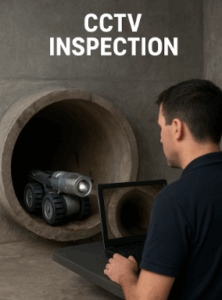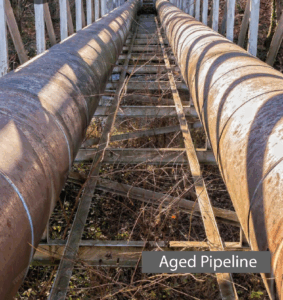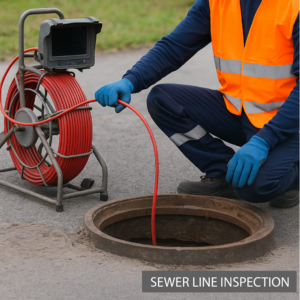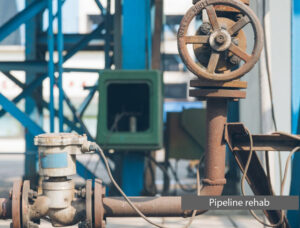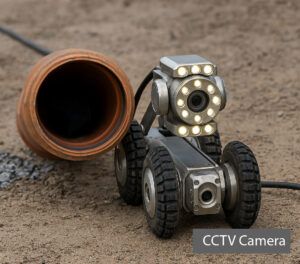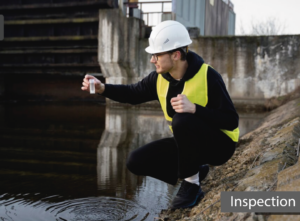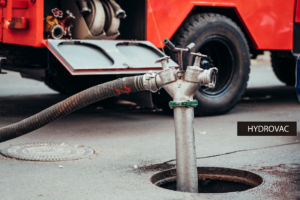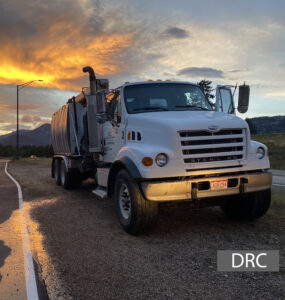Tag: BLOG
The Hidden Dangers Beneath: Why Aging Pipelines Need Immediate Attention
Out of sight shouldn’t mean out of mind.
Beneath our streets and buildings lies a vast network of pipelines many of which were installed decades ago and are now at the end of their expected lifespan. When these systems fail, the consequences are more than just inconvenient they can be catastrophic.
DRC Your Partner for Sitework, Utilities, and More.
At DRC Construction, we specialize in providing essential infrastructure and site development services that lay the foundation for successful projects. Located in Denver, we offer a wide range of services focused on utility installation, grading, and civil sitework for both residential and commercial clients. With years of hands-on experience and a strong reputation for reliability, we are committed to delivering quality results with every project.
Continue reading “Reliable and Efficient Solutions”


